By Marissa Horn
Capital News Service
The Civil War divided many communities and families in Maryland, according to state historians, and mementos venerating forces for both the South and the North began to appear throughout the state in the early 1900s.
“(Soldiers) returned to Maryland without a great amount of animosity toward one another, and neither side cared if the other put up a monument to honor the dead,” said Daniel Carroll Toomey, a historian who has served on the state’s Military Monuments Commission for more than 20 years. “You can’t deny the fact that the South did go to war, but then they got over it — we got over it 150 years ago.”
Now, however, communities around the Old Line State are drawing upon old lines and asking officials to reconsider monuments tied to slavery or the Confederacy four months after the racially motivated killings of nine people at a historic black church in Charleston, South Carolina.
Baltimore evaluates monuments
In Baltimore, a special commission plans to meet Thursday morning to reevaluate and lead community discussions about the city’s nine Confederate monuments, continuing the national conversation about the display of racially controversial memorials, flags and other insignia.
The first of four meetings, commissioned by Mayor Stephanie Rawlings-Blake, could determine how the city will memorialize the state’s Confederate past.
In spite of some of the communities’ or council members’ objections to the monuments, Toomey said, he believes the monument evaluation committee in Baltimore City is unnecessary.
“The monuments are not just the history of Baltimore City, they are just not the history of Maryland, they’re American history,” Toomey said. “And no one, no mayor has the right to say what part of American history will be remembered and what will be forgotten.”
According to Howard Libit, a spokesman for the mayor, the commission is seeking to review all Confederate-era monuments and historical items “to ensure that the city stays on the side of respecting history.”
“There is a balance between respecting history and continuing to display items that may be offensive,” Libit said.
Though Rawlings-Blake’s announcement did not name any of the statues that the commission will review, there are at least nine monuments with ties to the Confederate era in the city, according to a 2014 Maryland Department of Veterans Affairs monuments catalog.
At least one of the statues honoring Confederate soldiers in the city’s Bolton Hill neighborhood was spray-painted with the phrase “Black Lives Matter” five days after the June 17 Charleston shooting.
Costs of cleaning the statues following vandalism, or completely removing the statues altogether, have not been discussed, according to Aaron Bryant, chairman of the seven-member commission and the current Mellon curator of photography at the Smithsonian’s National Museum of African American History and Culture.
Rebel soldier in Rockville
But Montgomery County has already spent $20,000 boxing up and cleaning a Confederate statue that was similarly vandalized.
And the Montgomery County Council also plans to meet Thursday night to decide where to relocate the 102-year-old bronze statue of a Confederate soldier standing next to Rockville’s Red Brick Courthouse. The memorial also had the words “Black Lives Matter” spray-painted on its base, in July.
“We need to find out if we will get approval to relocate the statue” and then the county will get estimates to pay for moving it, said Greg Ossont, deputy director of the Department of General Services.
In an effort to determine a new, more appropriate location, Montgomery County residents voted earlier this month on a list of five new locations for the statue. The list included: Beall-Dawson Historical Park in Rockville, Darnestown Square Heritage Park in Darnestown, Callithea Farm Special Park in Potomac, Jesup Blair Local Park in Silver Spring and Edgehill Farm in Gaithersburg. Poll results are expected to be discussed on Thursday.
“We share County Executive Isiah Leggett’s view that the statue does not belong in the center of government outside the courthouse,” said County Council President George Leventhal in a news release. “(We) believe it should be relocated to a site where we are able to tell the full story of Montgomery County’s participation in the Civil War from all perspectives.”
North of Rockville, at the Monocacy National Battlefield, there is another Confederate monument, which the United Daughters of the Confederacy funded and built in 1914.
“We haven’t had any issues with our monuments and no indication of defacement or other tampering,” said Rick Slade, superintendent at Monocacy National Battlefield. “It’s a simple roadside rock pedestal with a plaque. It’s not very elaborate or distinctive, so it doesn’t attract a lot of attention.”
Taney bust in Frederick
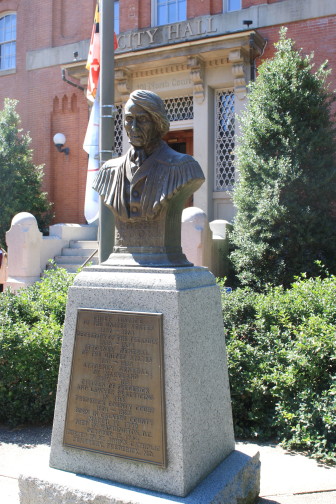
Roger Brooke Taney bust in front of Frederick City Hall. Photo by Marissa Horn, Capital News Service
At the seat of the county, however, Frederick city’s Board of Aldermen are deliberating whether to remove the bust of former U.S. Supreme Court Chief Justice Roger B. Taney from in front of City Hall.
Taney’s opinion in the Dred Scott v. Sandford case protected slaveholders’ rights and excluded African American slaves from citizenship.
“Although Justice Taney was a complex individual, he is most widely known for writing the majority opinion on the case of Dred Scott v. Sandford — a legal opinion that set the rights of all blacks back decades,” Alderwoman Donna Kuzemchak, a Democrat, wrote in an email.
In 2008, Frederick officials compromised with Taney opponents and added a plaque to the bust stating that the Dred Scott decision “revealed the content of established racism in our law and in our thinking.”
Frederick Mayor Randy McClement stated the fabrication, design and installation of the plaque cost the city $20,000 and estimated that moving the bust could cost around $10,000, according to McClement’s press secretary.
In her third attempt to remove the bust, Kuzemchak wrote, she will propose her resolution at a public meeting Oct. 1.
“I have no desire to remove all Confederate statues and memorials,” she wrote. “Pretending something never happened is not the answer. However, honoring a man who is best known for words that dehumanized an entire race is something I cannot abide.”
Despite the city’s efforts to remove the statue, there remain other tributes honoring Taney around the city including Taney Avenue, his grave and his house, which is a historical landmark.
This is where the mess of drawing a distinction begins, Toomey said, like which Confederate-oriented statues should and should not be removed. Though he agrees with the decision to not fly the Confederate battle flag over government buildings, Toomey said, the monuments should remain in place.
“If anyone was a slaveowner … you would have to take down the Washington Monument, the Jefferson Memorial and blow a path through Mount Rushmore or change the name of the capital,” Toomey said. “Where does it stop?”
Talbot Boys in Easton
Other counties, including Talbot County, are reconsidering statues and memorials in public places. Corey Pack, Talbot County’s council president, said officials will discuss the Confederate-honoring, privately funded ‘Talbot Boys’ statue in front of Easton’s courthouse next week at a meeting.
One option includes adding a second statue to the lawn, to honor the Union soldiers from the county, Pack said. There is already a statue of Frederick Douglass at the courthouse. The famous abolitionist was born a slave in the county and escaped to freedom and later fame.
“We are going to talk about what the next step looks like and what the next step should be,” Pack said. “We are moving and we are trying not to be stagnant during this time.”

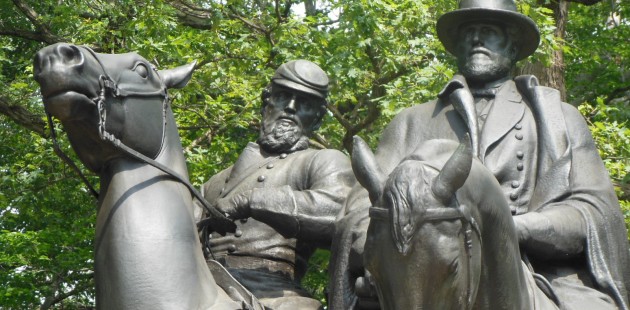
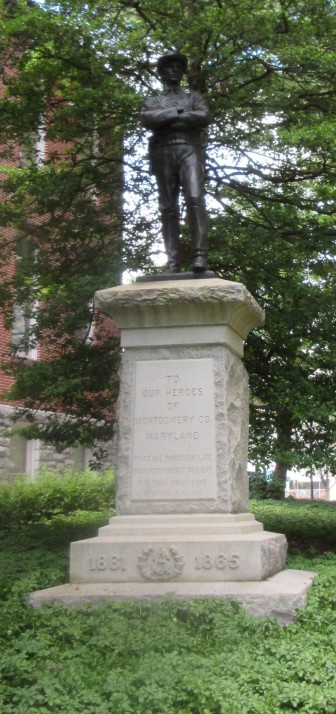
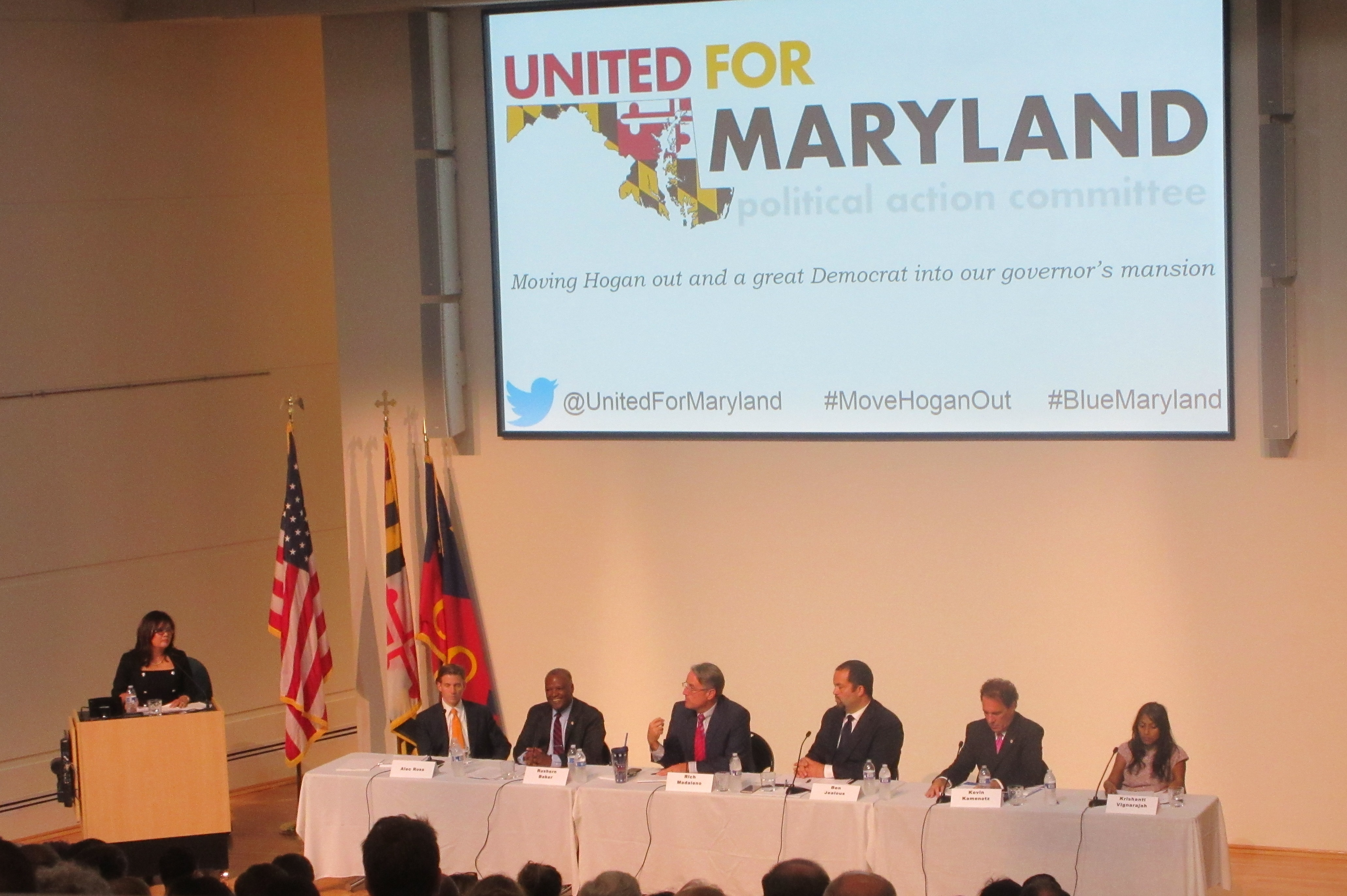
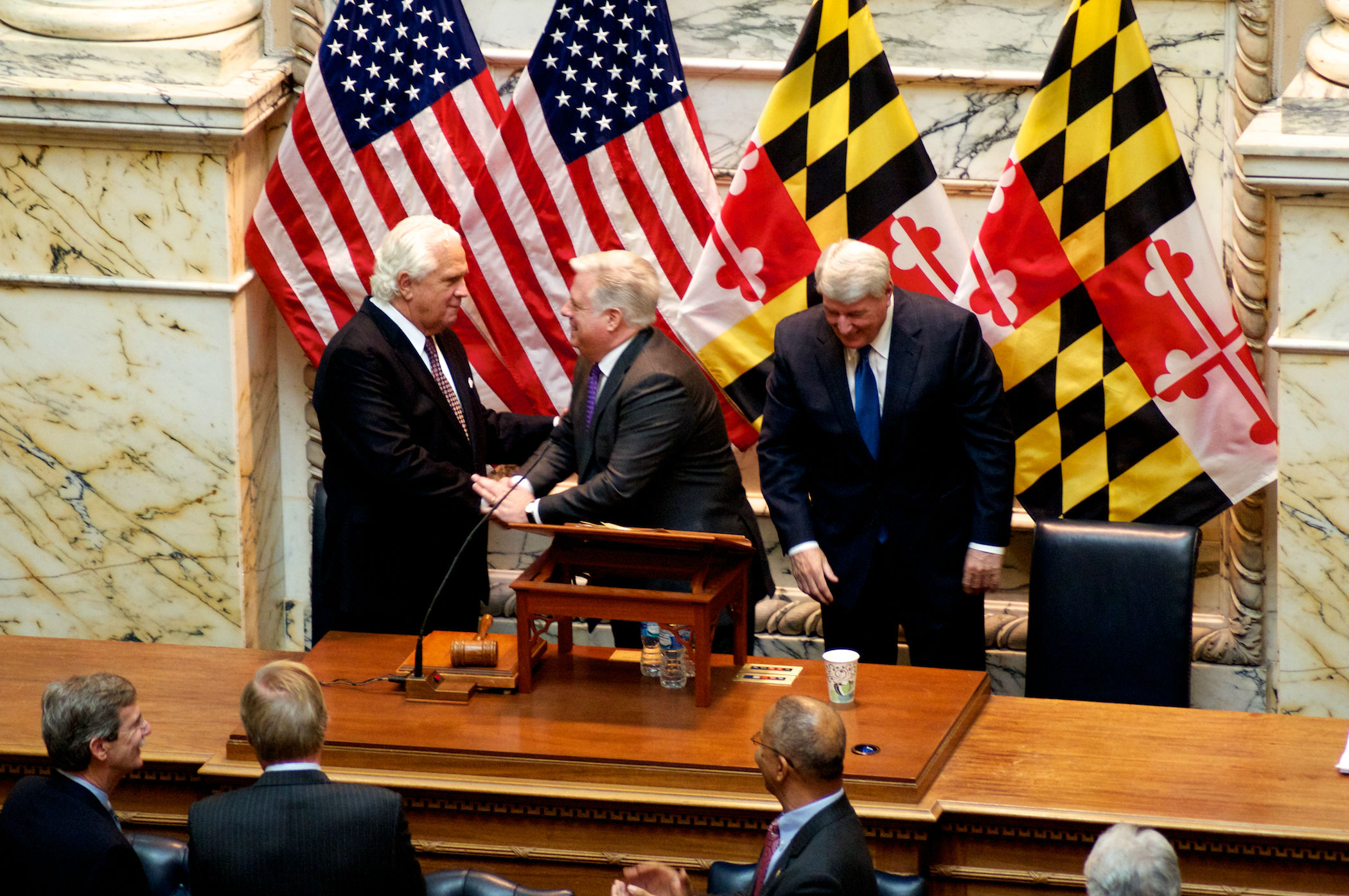
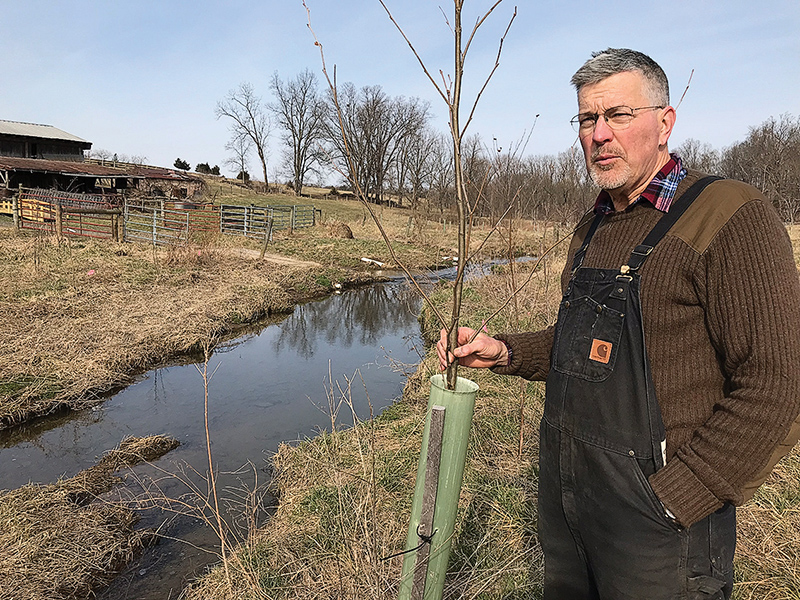


The “sanitizing” of history by removing statues and flags that “offend” those “overly sensitive”,whiny,eternally upset cretins is moronic…
And this is bullying at its best… And it needs to be defeated !
Those who care about “slavery,etc.” should go after the slave trade going on in Muslim countries today… Many black persons and non-believers are the slaves…
Where are today’s abolitionists ?
Perhaps they prefer fighting wars that were already fought…